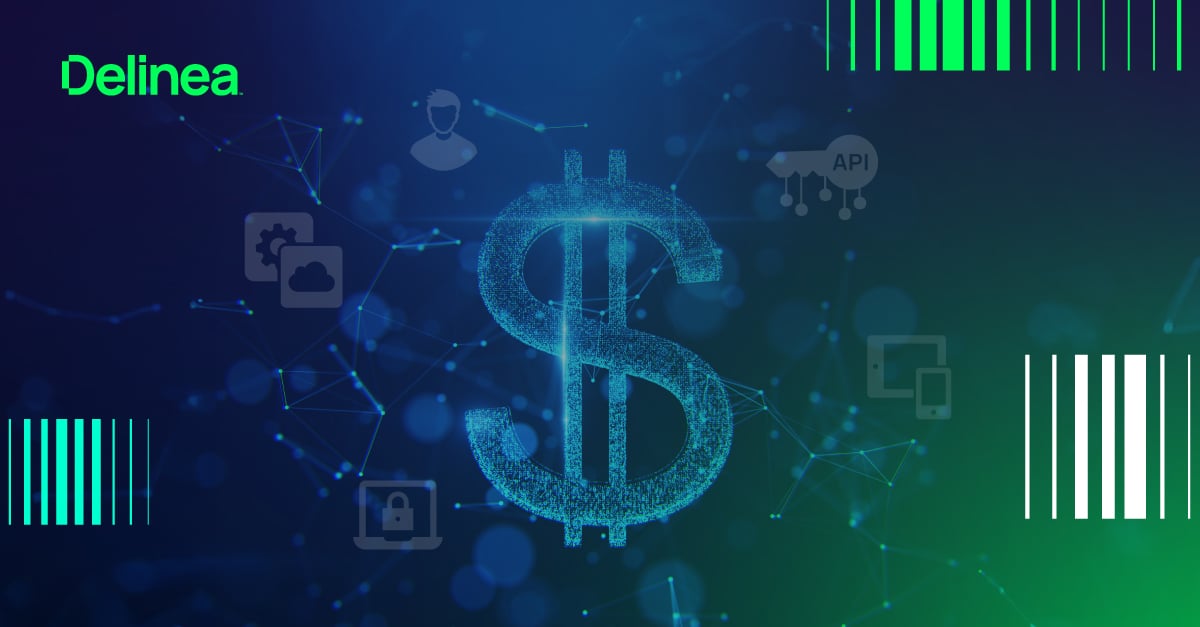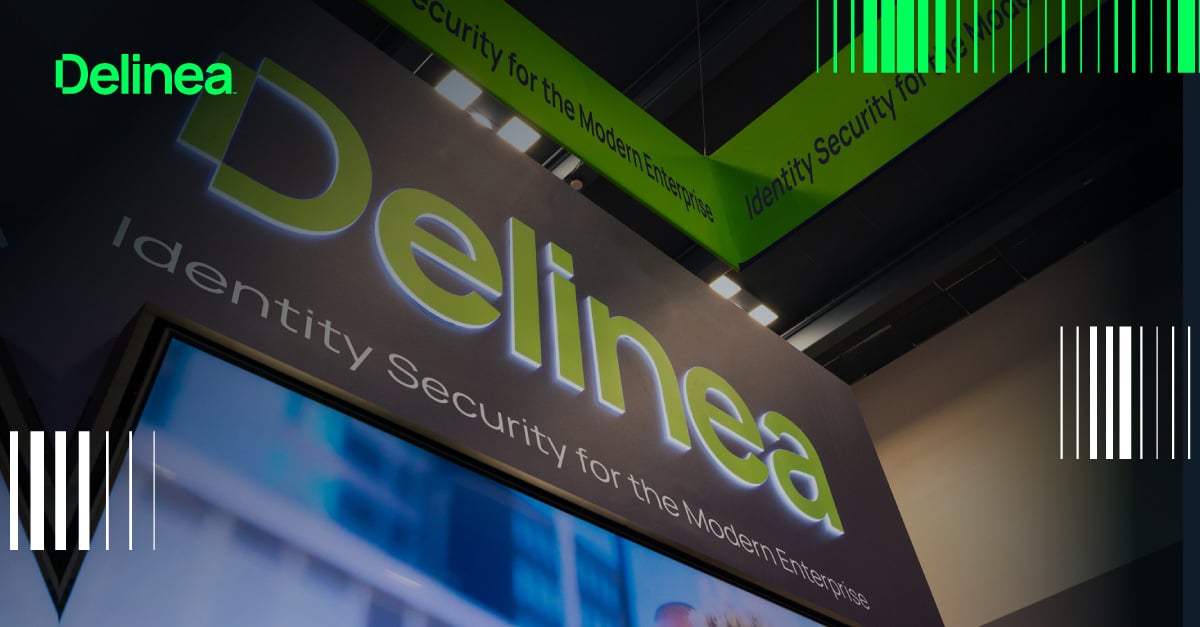Why do you need an identity security platform?
Six blind travelers came across an elephant.
No, we’re not setting up a joke, we’re making a point—you'll see.
“My, it’s very like a wall,” said one man who only felt the side. “My, it’s very like a snake,” described another who was holding the trunk.
They didn’t know what they didn’t know.
In the same way each man in this fable, “The Blind Men and Elephant,” creates his own version of reality, each person involved in managing and securing identities has a limited view. The only way they can build a complete picture is to bring their perspectives together.
In a typical enterprise, each team involved in the identity lifecycle has access to different data, which they can’t easily share with each other. In fact, the average company uses more than 25 different systems for identity management, according to a recent survey from Dimensional Research. As a result, people don’t have all the information they need to spot issues or make informed decisions.
Why is this harmful?
![]() In a hybrid IT environment, inconsistent access policies are applied for different types of infrastructure and applications. There’s no comprehensive playbook that determines which identities should have access to what, so it’s likely that many identities are overprivileged, stale, or orphaned.
In a hybrid IT environment, inconsistent access policies are applied for different types of infrastructure and applications. There’s no comprehensive playbook that determines which identities should have access to what, so it’s likely that many identities are overprivileged, stale, or orphaned.
![]() People in IT operations who are provisioning identities and setting up permissions don’t know if their policies match governance and compliance requirements like Separation of Duties. Toxic combinations don’t get discovered until an ad-hoc, manual access review surfaces them.
People in IT operations who are provisioning identities and setting up permissions don’t know if their policies match governance and compliance requirements like Separation of Duties. Toxic combinations don’t get discovered until an ad-hoc, manual access review surfaces them.
![]() You must trust that identities and access are set up correctly and policies are operating as expected, but you can’t verify. The worst time to find out is when you’re under attack.
You must trust that identities and access are set up correctly and policies are operating as expected, but you can’t verify. The worst time to find out is when you’re under attack.
![]() No one knows the full access of a given identity across all systems (infrastructure, cloud, applications, etc.) especially as they continually change. Without knowing the potential blast radius if an identity is compromised, you can’t accurately evaluate risk or prioritize your efforts.
No one knows the full access of a given identity across all systems (infrastructure, cloud, applications, etc.) especially as they continually change. Without knowing the potential blast radius if an identity is compromised, you can’t accurately evaluate risk or prioritize your efforts.
![]() Security analysts may receive alerts when unexpected identity-related activities occur, but they don’t have the context to understand the root cause or how best to remediate. Instead, they waste time combing through log data, or just take their best guess. Meanwhile, dwell time of cyber attackers increases, and more damage occurs.
Security analysts may receive alerts when unexpected identity-related activities occur, but they don’t have the context to understand the root cause or how best to remediate. Instead, they waste time combing through log data, or just take their best guess. Meanwhile, dwell time of cyber attackers increases, and more damage occurs.
Clearly this fragmented approach to identity security isn’t working. Without effective controls, identities are vulnerable attack vectors. According to Delinea’s global survey of 1,800 IT and security decision-makers: 2024 State of Identity Security in the Age of AI, 80% of enterprises have experienced an identity-based attack within the previous 12 months, and 93% of victims suffered measurable losses.
The scope of the problem is growing as enterprises add more identities, both human and machine identities, to their attack surface. The increase in remote work as well as extended supply chains with third-party contractors, adds to the number of identities that must be managed and secured. So does the rise in cloud platforms and applications.
How does an identity security platform solve these issues?
An identity security platform knits all identity-related information together so it can be accessed by whoever needs it to do their job. Teams can collaborate easily because they all share a common source of truth.

Clear line of sight offers easier collaboration and reduced risk
The benefit of collaboration is consistency and efficiency that works with security. If the entire organization understands your security protocols, they’re easier to adopt, making them less vulnerable to being misconfigured or circumvented.
Instead of managing each element of the identity lifecycle in a silo, you can do so under one umbrella. People who want to see the full picture—when reporting to executives, conducting audits, or completing cyber insurance evaluations—can communicate your identity security posture accurately, even as identities are constantly changing.
Platformization has become a buzzword in the cybersecurity industry of late. But, the truth is, not all identity security platforms are the same. The Delinea Platform has several key characteristics that set it apart and ensure it delivers rapid value to our customers.

Comprehensive and centralized visibility
Common user experience
The Delinea Platform provides a single, easy to use interface, organized around different use cases. No matter who in your security or IT accesses the platform or what use case they’re trying to solve, the user experience is the same.
You don’t need to do the “swivel chair thing” to switch screens for different information. You don’t need to relearn a new system every time you want to manage a different type of identity or address a different situation. Delinea looks like a common application whether you’re working in a vault use case or you’re finding overprivileged cloud identities.
More than a just a pretty (inter)face
It’s important to point out that the Delinea platform isn’t just a “management plane” that layers a UI on topic of siloed tools. Rather, all Delinea identity solutions—each of which is an industry leader in its own category—are deeply connected. They share comprehensive and consistent data, so you can correlate events, apply consistent policies, and extract insights that include essential context.
Let’s say you purchased different identity management solutions from different vendors. Each one would have its own data model, permission set, unique way of dealing with provisioning, etc. If you wanted to integrate those tools, you’d need to build the connection points yourself, or pay a systems integrator to do it. Delinea has done that for you, so you have lower total cost of ownership and faster time to value.
That said, the Delinea Platform is an open ecosystem with open APIs. You can easily extend the platform to integrate into your workflow and the systems you’ve already invested in.
Because all systems are integrated, you’re more secure; threats aren’t slipping through the cracks.
Policy-based automation for greater efficiency
Because all identity security systems are tied together, it’s possible to automate policy-based processes within and across systems. The Delinea Platform uses policy-as-code and leverages Open Policy Agent (OPA) as a common language.
You can leverage a policy-based approach to increase efficiency in many ways, for example:
Automated discovery will ensure that you have an up-to-date identity inventory accounting for every part of your IT infrastructure.
Automated processes to set permissions can check all access policies first, avoiding misconfigurations and re-work.
Automated alerts include can include essential context for SOC teams, not just log data. For example, they can surface information on privilege escalation and lateral movement.
Automated remediation steps can be based on incident response playbooks you set up, with risk scores that account for the potential blast radius of identity compromise. Should an incident occur, you’ll be able to act fast to reduce dwell time and contain the damage.
Continuous innovation
Delinea’s modern architecture ensures a balance of flexibility, scalability, and security. We’ve built the Delinea Platform using microservices, which allows our engineering team to run autonomous objects with quality automation. What that means is we can push code to production on a continuous basis.
Our customers benefit from this modern approach because it means updates and innovations are constantly happening behind the scenes to ensure reliability and improve functionality. The Platform supports business continuity and resilience with an industry-leading 99.995% uptime.
The investment in a modern, cloud-native platform empowers our customers to future-proof their identity security strategy as new vectors and threats appear.
Fast time to value
It takes fewer resources—90% to be exact—to implement, configure, and integrate Delinea into your environment. That means you can see the value of consistency, connection, and collaboration much faster than with any other identity security solution.
We’d love to give you a tour of the Delinea Platform so you can see for yourself. Set up a time for a personalized walkthrough—and bring your questions!
Extend privileged access, everywhere, with Delinea Platform


